Search

X-Ray Scanning Confirms Soil Health Benefits from Conservation Practices
Summary report of X-ray scanning confirms soil health benefits from conservation practices.

Weed Control: Pulse Crops
Weed competition can cause significant yield reduction in pulse crops. Pulse crops are weak competitors with weeds, therefore planning an effective weed control program is one of the keys to profitable production.

Nitrogen Credit: The Rest of the Story
We have all been programmed to think of soybean as fixing nitrogen from the atmosphere and adding nitrogen to the soil. The SDSU lab and most other labs give nitrogen “credit” when another crop follows soybeans.

South Dakota 4-H Members Donate Over 3,000 Eyeglasses Through Statewide Service Project
January 28, 2022
The eyeglasses collected through the project were primarily donated to the South Dakota Lions Foundation, which collects thousands of eyeglasses annually for volunteer missions.
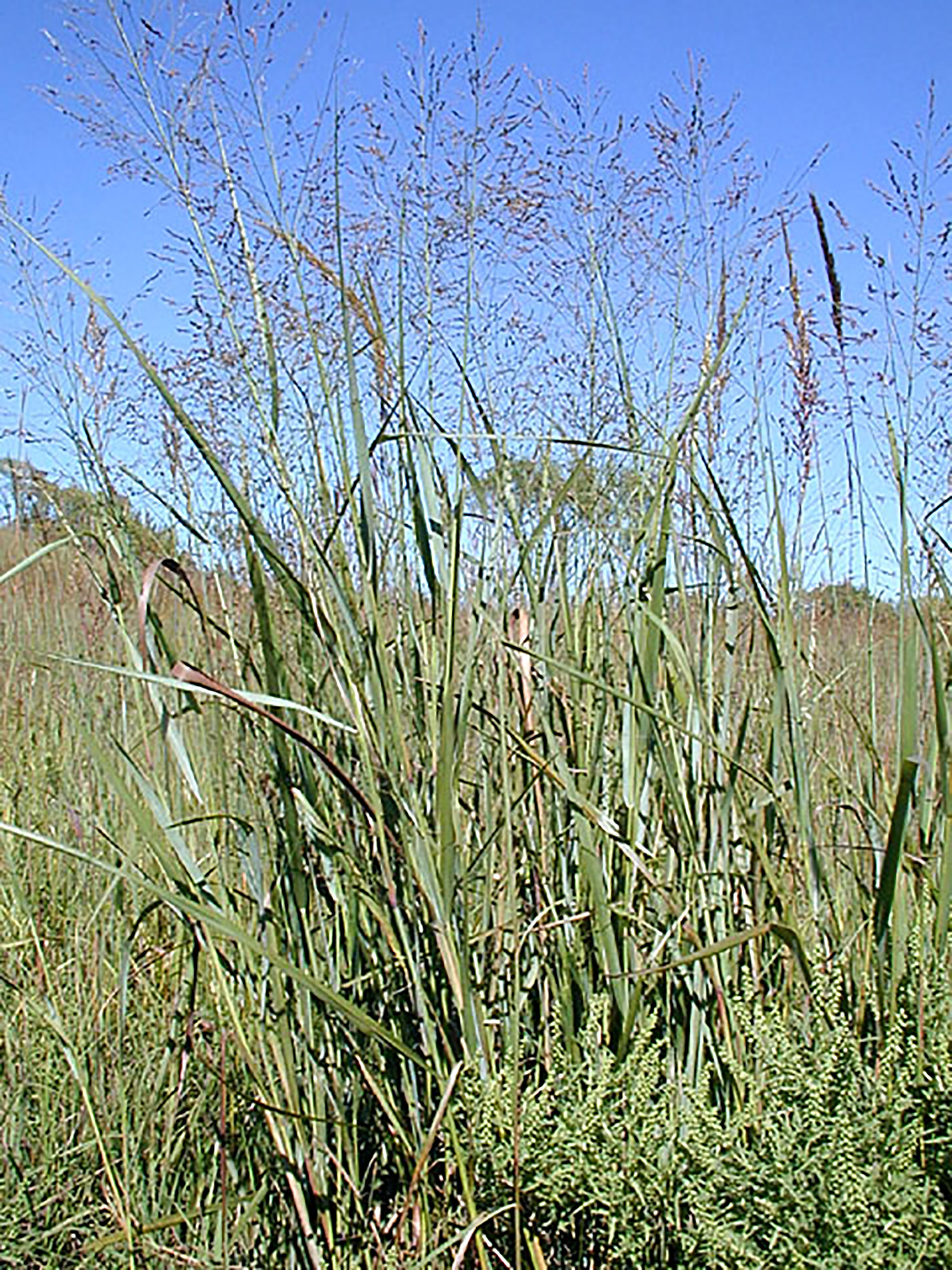
Warm-Season Grasses of South Dakota
Fact sheet about warm-season grasses in South Dakota.
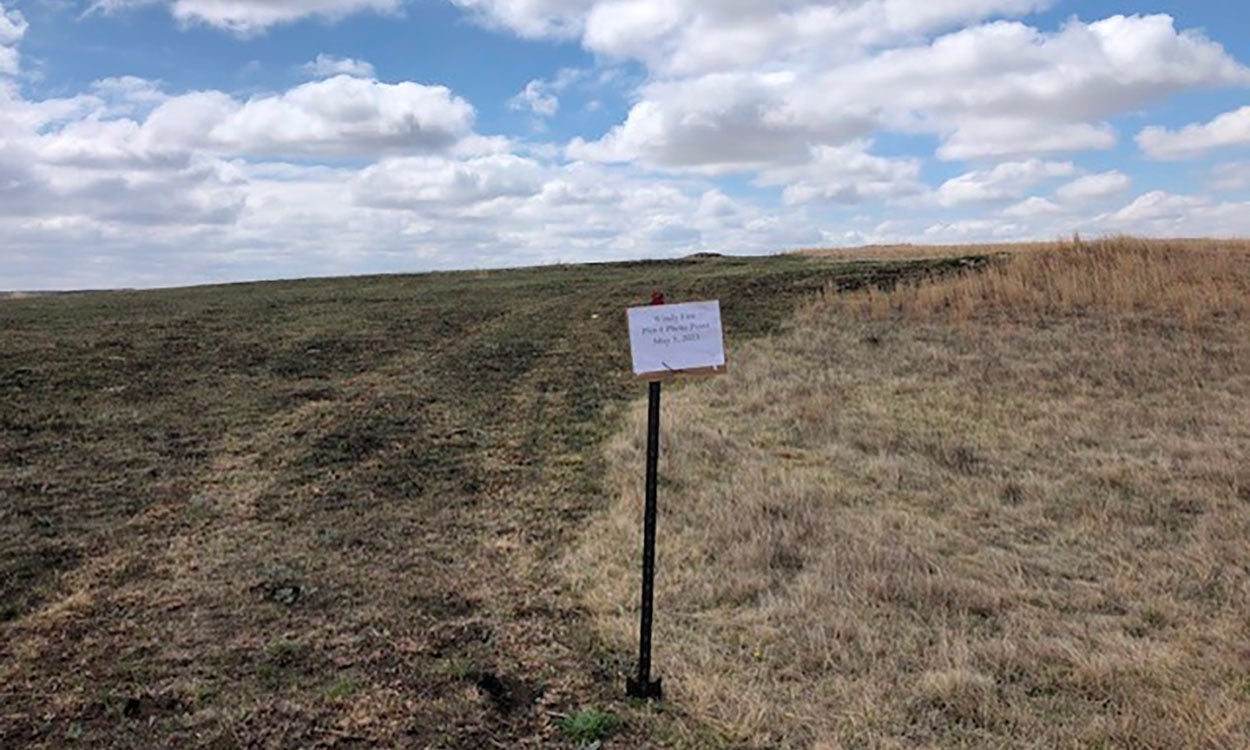
Range Roundup: Dormant Season Wildfire Project in Northwestern South Dakota
Two of the main environmental conditions that drive post-wildfire rangeland recovery include health of the rangeland ecosystem prior to the wildfire and climatic variables, such as precipitation or drought after the fire event.
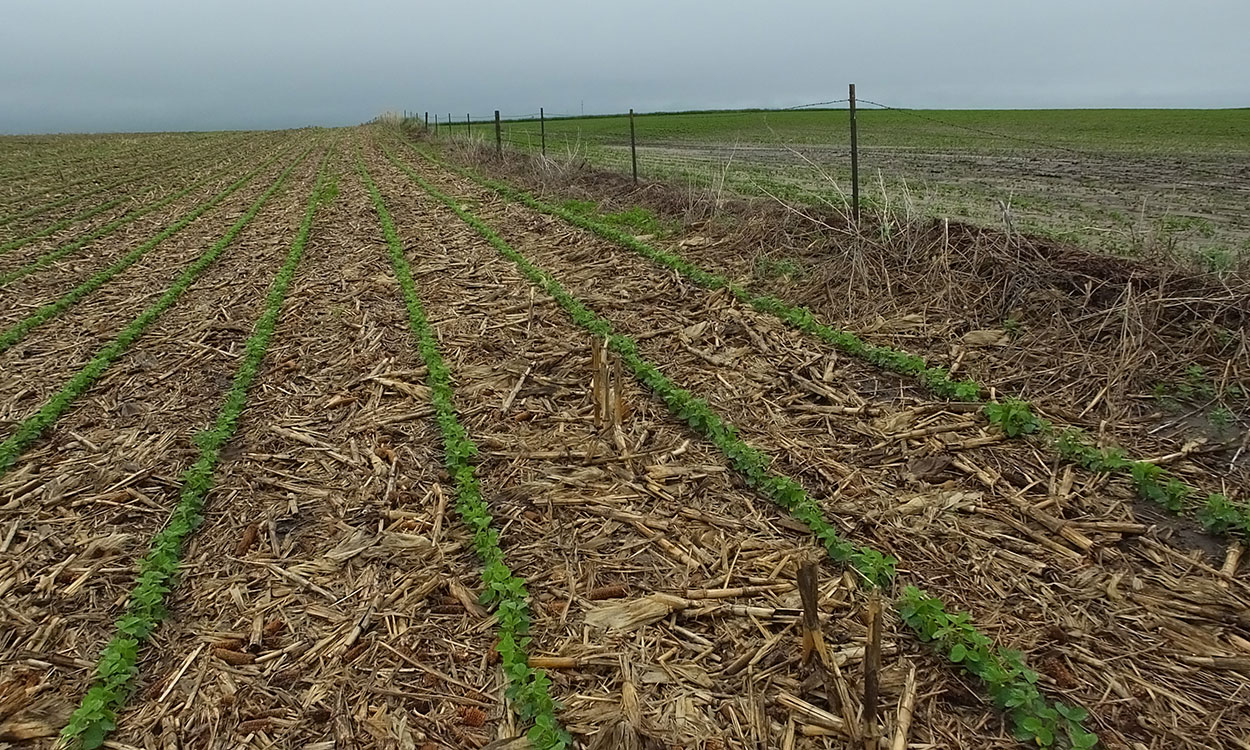
Economics of Different Crop Rotation Systems in South Dakota
Economic returns are an important factor to consider when selecting crop rotation systems.
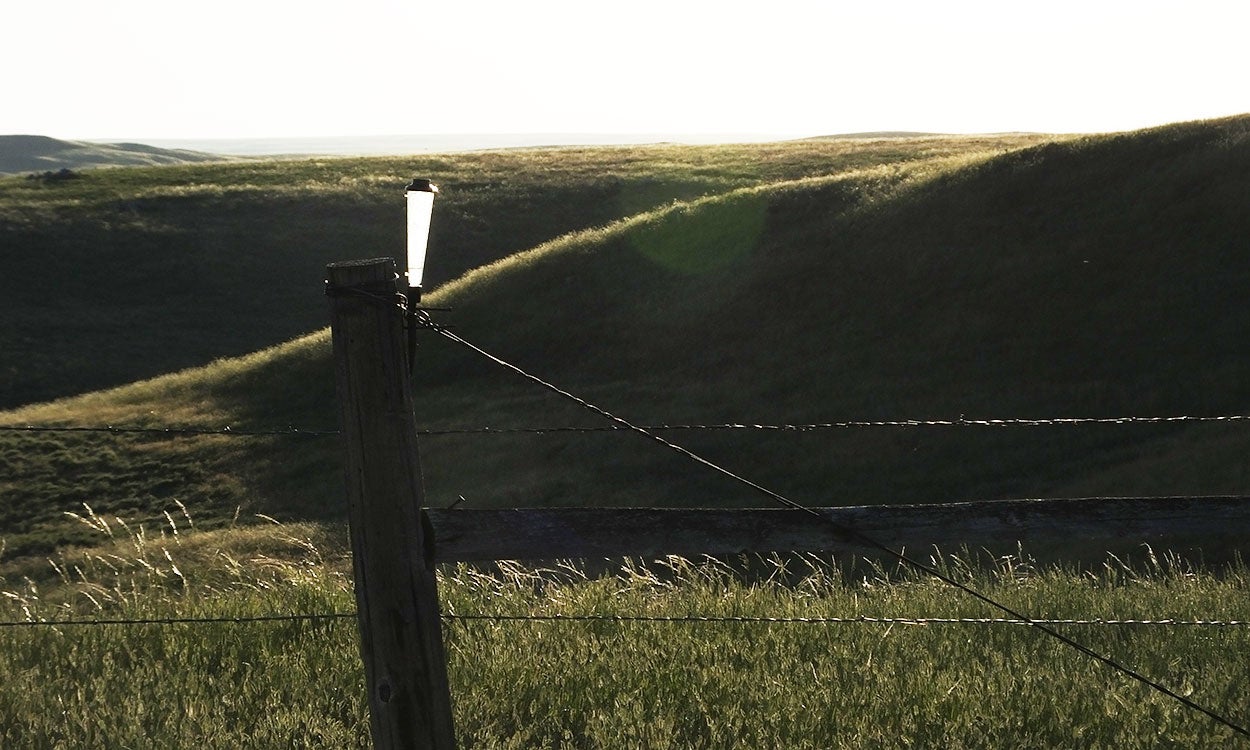
Five Range Management Principles: Overview
The goal of the Regenerative Rangelands program is to educate landowners and producers on grazing management and other decisions that impact the sustainability of their ranching operation.
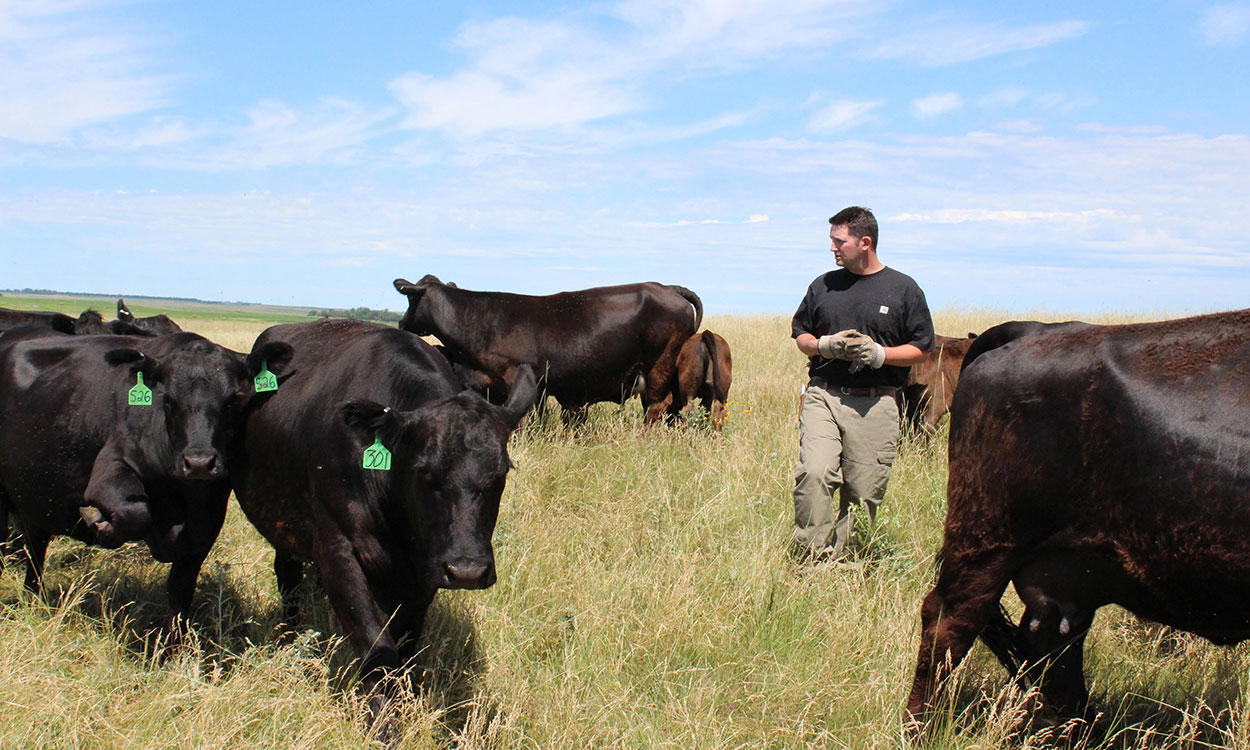
Management-Intensive Grazing Plays a Key Role in Expanding Grass-Based Agriculture
By improving livestock carrying capacity and reducing feed costs, grazing strategies at greater management intensity have the potential to improve grass-based livestock production profits.
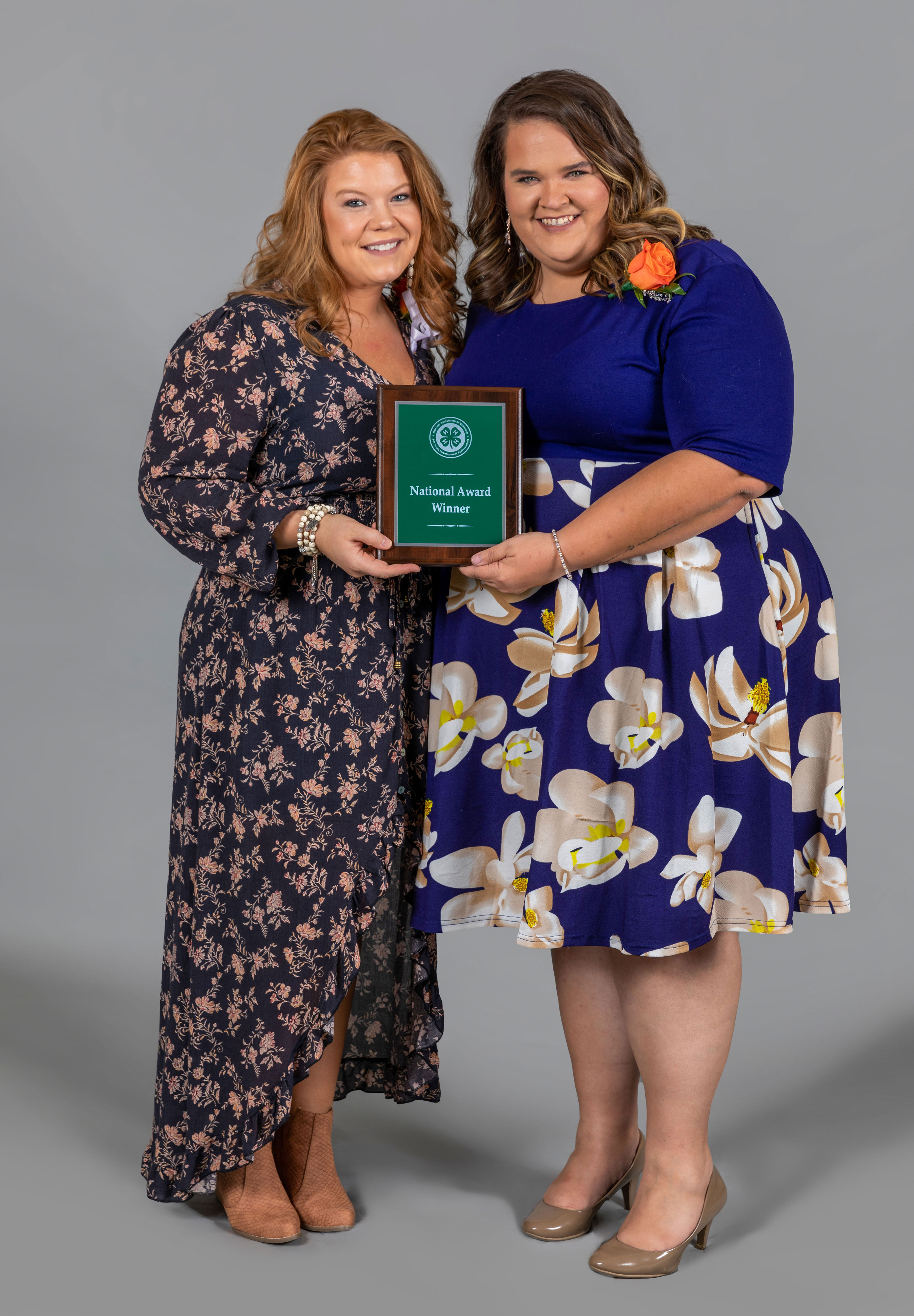
South Dakota 4-H Legislature Wins National Award
October 25, 2023
For their efforts in creating the state’s first 4-H Legislature, the South Dakota 4-H Legislature Program committee received the Citizenship in 4-H Youth Development national award.